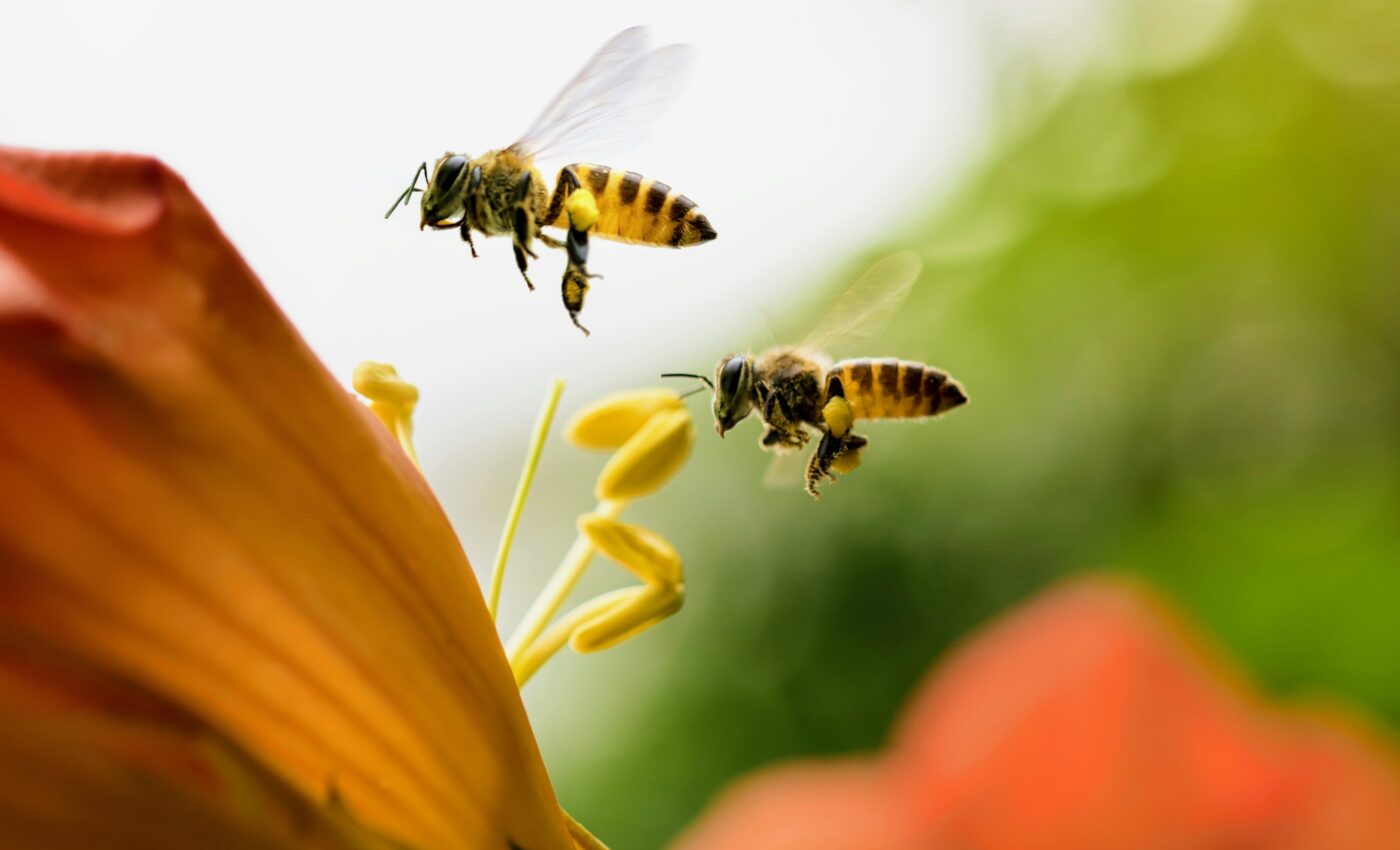
Honey bees inherit altruistic traits from their mother
While many animals do not inherently display altruistic tendencies, a recent study led by Pennsylvania State University has found that honey bees are an important exception.
Moreover, the experts revealed a fascinating evolutionary contest of genetics that determines from which parent they inherit this trait.
Inherited genes
In their research, published in the journal Molecular Ecology, the team delved deep into the genetic origins of the “retinue” behavior seen in female worker honey bees.
“People often think about different phenotypes being the result of differences in gene sequences or the environment,” said study lead author Sean Bresnahan, a doctoral student in Molecular, Cellular, and Integrative Biosciences at Penn State.
“But what this study shows is it’s not just differences in the gene itself – it’s which parent the gene is inherited from. By the very nature of the insect getting the gene from its mom, regardless of what the gene sequence is, it’s possibly going to behave differently than the copy of the gene from the dad.”
Altruistic behavior
Upon encountering the pheromone of the queen bee, these worker bees switch off their own reproductive capabilities. They also propagate the pheromone amongst fellow workers and ardently care for the queen and her subsequent brood.
This behavior, altruistic in nature, ensures the queen’s optimal reproductive success, while the worker bee remains without offspring. Given the hive structure, the queen is usually the matriarch of most, if not all, bees.
The researchers discovered that worker bees inherit genes that heighten their sensitivity to this pheromone from both parental lines. However, only when these genes come from the mother do they lead to altruistic behavior.
Genetic control
“Honey bees are one of the few animal species that display altruistic behavior, where some individuals give up their own reproduction to help others,” said senior author Christina Grozinger, a professor of Entomology at Penn State.
“This study reveals a very subtle and unexpected form of genetic control of those behaviors. With our system, we see that genes from the mother – the queen – are supporting altruistic behavior in her offspring, which leads to more copies of her genes in the population.”
“Instead of producing their own eggs, the worker bees support the queen’s reproduction. This complements our previous studies, which showed that the fathers’ genes support selfish behavior in worker bees, where the bees will stop helping their queen mother and focus on their own reproduction.”
Reproductive strategy
Interestingly, the queen mates with numerous males. This results in worker bees having the same mother but different fathers.
Breshnahan shed light on the implications of this unique reproductive strategy: “This is why the Kinship Theory of Intragenomic Conflict predicts that genes inherited from the mother will support altruistic behavior in honey bees.”
“A worker bee benefits more from helping, rather than competing with, her mother and sisters – who carry more copies of the worker’s genes than she could ever reproduce on her own. In contrast, in species where the female mates only once, it is instead the father’s genes that are predicted to support altruistic behavior.”
Cross-breeding
The study required cross-breeding of six distinct honey bee lineages. This, according to Bresnahan, is an easier endeavor with mammals or plants but is particularly challenging with insects.
After ensuring the crossbreeding was successful and monitoring the offspring’s maturity, the scientists evaluated how these worker bees responded to the queen’s pheromone.
RNA sequencing
“Finally, we used RNA sequencing to look at genome-wide gene expression in the workers, but importantly, we also sequenced the genomes of the parents of those crosses,” Bresnahan said.
“So, we could develop personalized genomes for the parents, and then map back the workers’ gene expression to each parent and find out which parent’s copy of that gene is being expressed.”
Study implications
Their analysis, which combined traditional techniques and cutting-edge machine learning, provided a unique lens into the genomic battles underway, by helping them identify and map out genes affected by this intragenomic conflict.
“Observing intragenomic conflict is very difficult, and so there are very few studies examining the role it plays in creating variation in behavior and other traits,” Grozinger said, pointing to the experts’ prior research which revealed ovary activation and aggression in worker bees, both of which signify selfish behavior.
“The fact that this is the third behavior where we have found evidence that intragenomic conflict contributes to variation in honey bees suggests that intragenomic conflict might shape many types of traits in bees and other species. Hopefully, our research will provide a framework and inspiration for other scientists to examine intragenomic conflict in their plant and animal species,” she concluded.
Like what you read? Subscribe to our newsletter for engaging articles, exclusive content, and the latest updates.
—-
Check us out on EarthSnap, a free app brought to you by Eric Ralls and Earth.com.













